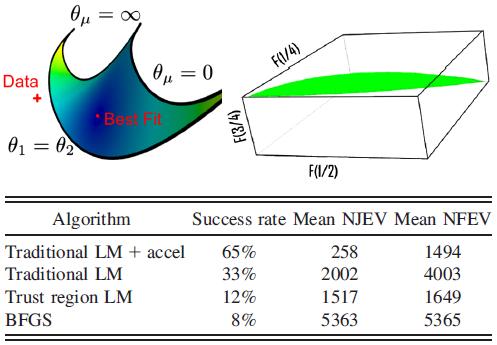MODELING
Mathematical model
A mathematical model is an abstract model that uses mathematical language to describe the behaviour of a system. It is defined as ‘'a representation of the essential aspects of an existing system, which presents knowledge of that system in usable form’’.
Mathematical models are used particularly in the natural sciences and engineering disciplines, it can take many forms, including but not limited to dynamical systems, statistical models, differential equations, or game theoretic models.
These models can overlap, with a given model involving a variety of abstract structures. There are six basic groups of variables: decision variables, input variables, state variables, exogenous variables, random variables, and output variables. Since there can be many variables of each type, the variables are generally represented by vectors.
A mathematical model usually describes a system by a set of variables and a set of equations that establish relationships between the variables. The values of the variables can be practically anything; real or integer numbers, boolean values or strings.
Classifying mathematical models
1. Linear vs. nonlinear
2. Deterministic vs. probabilistic (stochastic)
3. Static vs. Dynamic
Example of mathematical models
• Model of a particle in a potential-field. In this model we consider a particle as being a point of mass m which describes a trajectory in space which is modeled by a function x : R → R3 giving its coordinates in space as a function of time. The potential field is given by a function V : R3 → R and the trajectory is a solution of the differential equation
m .(d^2/dt^2).X(t)=-grad(V)(X(t))
Darcy's law
In fluid dynamics and hydrology, Darcy's law is a phenomenologically derived constitutive equation that describes the flow of a fluid through a porous medium.
Darcy's law is a simple proportional relationship between the instantaneous discharge rate through a porous medium, the viscosity of the fluid and the pressure drop over a given distance.
Q=-kA.(Pb-Pa)/mL
The total discharge, Q (units of volume per time, e.g., ft³/s or m³/s) is equal to the product of the permeability (κ units of area, e.g. m²) of the medium, the cross-sectional area (A) to flow, and the pressure drop (Pb − Pa), all divided by the dynamic viscosity m (in SI units e.g. kg/(m•s) or Pa•s), and the length L the pressure drop is taking place over. The negative sign is needed because fluids flow from high pressure to low pressure.
http://en.wikipedia.org/wiki/Modelos matematicos
http://www.unesco.org.uy/phi/libros/obrashidraul/Cap7a.html
Serie de Taylor
THIS VIDEO IS INTERESRTING...




No hay comentarios:
Publicar un comentario